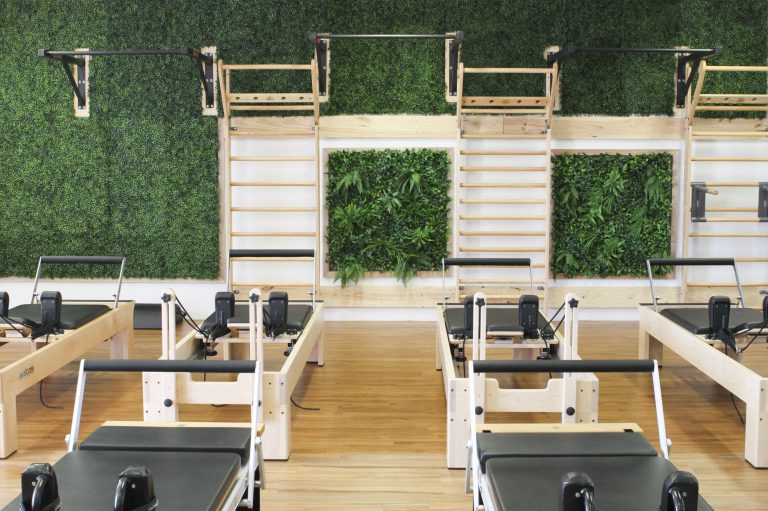Just breathe? Really? Aren’t we doing that already? If you are reading this blog then there is a good chance that yes, you are breathing. But I have come to realise that there is a lot more to it than that. There are actually many situations where we stop breathing “normally” or even stop breathing at all for example during your sleep (sleep apnoea), when you are trying to lift a really heavy weight in the gym, due to stress or anxiety and even just due to the busy nature of our day-to-day lives.

Breathing During Exercise
You have probably been told before when exercising to “breeeaaaaaathe”. This is something we remind people of A LOT in our Pilates sessions but it is super important for all types of exercise.
Breath holding during exercise increases your levels of CO2 (Carbon Dioxide) which increases fatigue and means you are taking in less O2 (Oxygen). In a nutshell you will not be performing at your best! In order to optimise the exercise you are doing try this simple breathing pattern – “inhale to prepare, exhale to exert”. For example with a squat, breathe in as you lower down, breathe out as you push back up.
The next tip with breathing is to take deep, long breaths in order to fill your lungs to their full capacity. This ensures you are are getting as much O2 into your lungs as possible. These deep breaths also help with optimising posture during exercise and engaging muscles that provide support for good form. One thing that really helps with expanding your lungs to their full capacity is learning how to “belly breathe” – see below.
Breathing for Pain Relief
Every day we meet and work with people who are in pain. Think about a time you may have sprained your ankle, strained your back or slept funny and woken with a stiff and sore neck. Think about what your breathing was like when you tried to move. Chances are you probably held your breath right? This is very common as your body tries to brace and protect itself. For people who experience chronic pain it is also common for them to hold their breath or breathe more shallow even at rest due to changes in their nervous system.
Research has shown that relaxed deep breathing has physiological effects on your nervous system and pain processing pathways to provide PAIN RELIEF!! That’s right, relaxed deep breathing exercises actually improve pain thresholds and reduce pain. It also works simultaneously to help reduce feelings of tension, anger and depression which further helps our bodies to deal with pain.
How can I make sure I am breathing better?
Most of the time we are breath holding we actually don’t even know that we are doing it! So step 1 – is to practice being mindful of your breathing. If you really want to track your breathing it can be helpful to actually write down times when you notice your breath holding. Otherwise just mentally taking note of when it happens and if there is anything happening at that time that may be contributing to it. Step 2 – replace the breath hold with a breath, if you notice you are breath holding take 5 deep, long breaths focussing on expanding your lungs as much as you can. Step 3 is to start training yourself into Belly breathing (diaphragmatic breathing) rather than chest breathing. Chest breathing is when we are not breathing deep enough to get air all the way down into the lower parts of our lungs.
[wpvideo XLWLQKDE]
In the video is a simple exercise to practice a few minutes a day to help teach yourself how to belly breathe. Have 1 hand on your chest and 1 hand on your belly to help feel the difference. In the first breaths you will notice more movement at the hand on my chest, meaning the air is being focussed into those parts of my lungs. After this I change to belly breathing – you will see the hand on my belly rising and falling as I am getting the air all the way through to the lower parts of my lungs. So find a nice quiet place, get yourself comfortable and try the belly breathing, deep long breaths for 5 minutes and see how it makes you feel!
Allissa King
Physiotherapist

